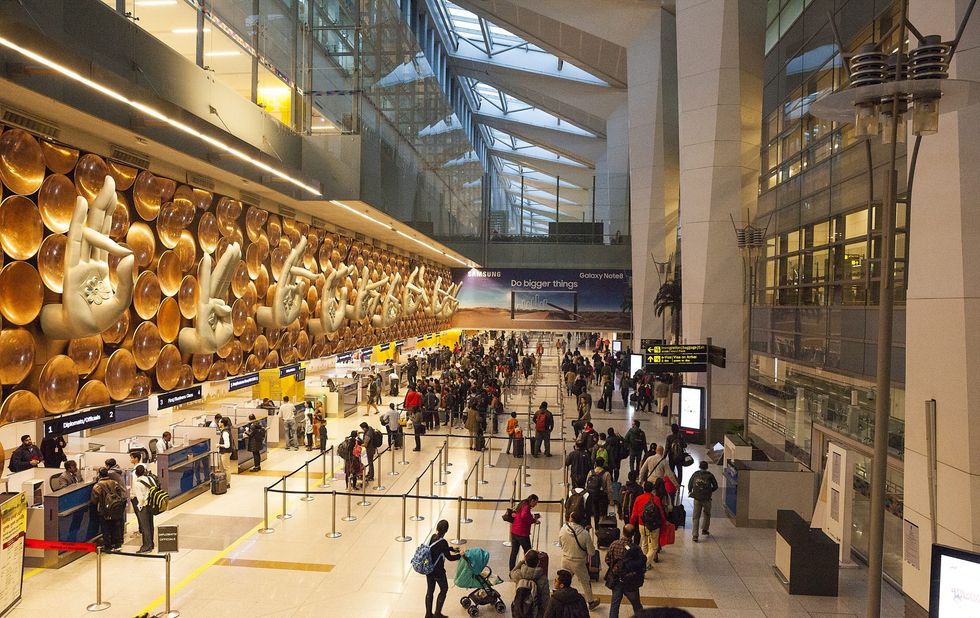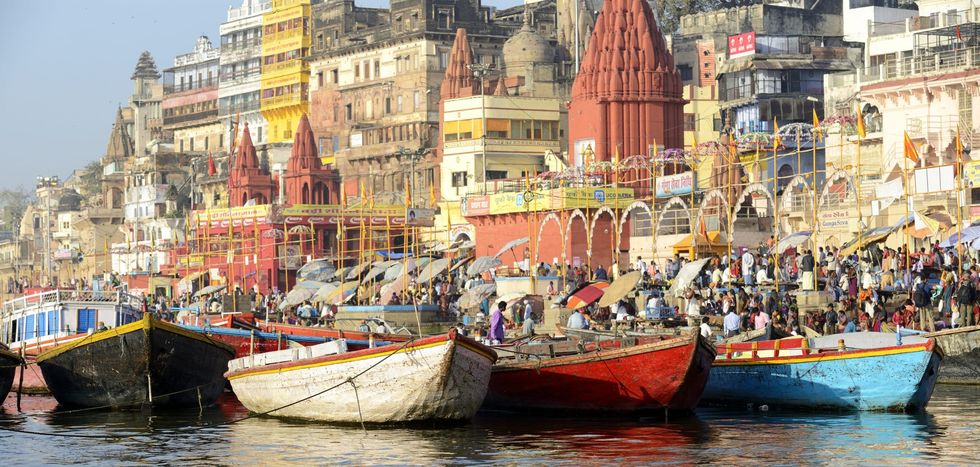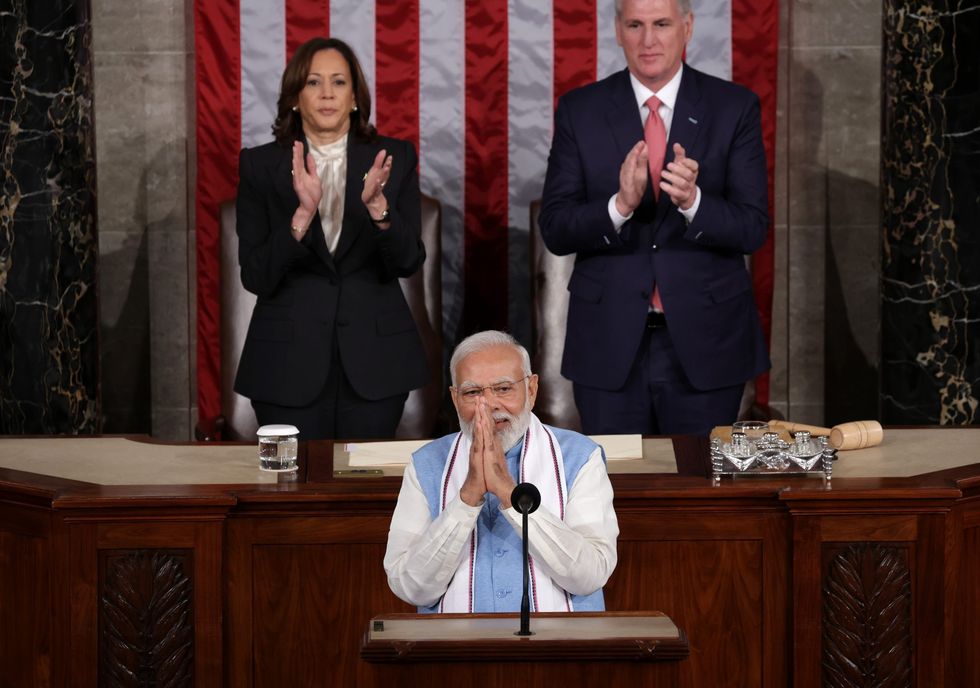THE WORLD TRAVEL & Tourism Council’s 2023 Economic Impact Research revealed that India's hospitality sector is experiencing a robust recovery and is expected to approach its pre-pandemic peak this year. WTTC research forecasts travel & tourism to contribute Rs 16.5 trillion to the Indian economy this year, with just a marginal decline of 3.5 percent compared to 2019.
In her address to ministers at the G20 Summit in India, WTTC president and CEO Julia Simpson highlighted the sector's remarkable resilience, emphasizing its growth that has outpaced GDP in both India and all G20 nations.
According to WTTC, the travel & tourism sector is projected to generate over 1.6 million new jobs this year, recovering nearly all of the positions lost during the COVID-19 pandemic. “This would bring the total employment in the sector to almost 39 million, accounting for approximately one in 13 workers in India,” the research showed.
Meanwhile, WTTC and World Tourism Organization of the United Nations recently signed an MOU at the G20 ministerial meeting in Goa to enhance global cooperation between public and private sectors.
Foreign tourist expenditure

International visitor spending in India is projected to exceed Rs 2 trillion, while domestic visitor expenditure is forecasted to surpass Rs 12.6 trillion.
"The G20 Presidency provides India with the opportunity to highlight the economic and social value of travel and tourism, at a critical moment for the global economy," Julia Simpson. "Minister Reddy has shown great leadership, rallying the G20 Ministers under the Goa Roadmap, showing the world that travel and tourism boosts economies while meeting the UN Sustainable Development Goals."
"Travel & Tourism creates great job opportunities, providing exciting career opportunities for young people to be part of sustainable tourism under Travel for Life," she added. "WTTC has brought a panel of private sector leaders to the G20 to talk candidly about the opportunities and challenges facing the sector. Growth will be double GDP, but we need governments to focus on reliable energy and sustainable aviation fuel production."
2022 review
According to WTTC, the travel & tourism sector experienced significant GDP growth in 2022, surging by nearly 90 percent to surpass INR 15.6TN, accounting for 5.9 percent of the economy and approaching the pre-pandemic level of 7 percent in 2019, WTTC said.
The sector also played a crucial role in job creation, adding 14.6 million new jobs in 2022. Nationally, the sector now provides 37.2 million jobs, equivalent to approximately one in thirteen jobs in India, the research pointed out.
“The sector's GDP contribution grew by nearly 90 percent, reaching over Rs 15.6 trillion, equivalent to 5.9 percent of the economy and approaching the 2019 high of 7 percent,” WTTC said. “Additionally, the sector generated 14.6 million new jobs in 2022, totalling 37.2 million jobs nationwide, accounting for one in 13 jobs in India.”
Last year witnessed a remarkable 125 percent surge in international visitor spending in India, surpassing Rs 1.6 trillion. Additionally, domestic visitor spending experienced an impressive 86 percent increase in 2022, surpassing Rs 12.3 trillion and approaching a mere 1 percent difference from pre-pandemic levels, WTTC said.
What lies ahead in the next decade?
According to WTTC's estimates, the sector is expected to expand its GDP contribution to Rs 36.8 trillion by 2033, representing approximately 7 percent of the Indian economy. Furthermore, it is anticipated that over 58.2MN individuals will be employed nationwide, with one in 10 people working in the sector.
Asia Pacific spotlight
The travel & tourism sector in the Asia-Pacific region made a contribution of $1.6 trillion to the regional economy in 2022, which remains 50 percent below the 2019 peak. However, WTTC predicts that the sector's GDP contribution in the region will surpass $2.6 trillion in 2023, representing only a 16 percent decrease from the 2019 highpoint.
The sector employed over 155 million people across the region in 2022, an increase of 8.7 million from the previous year but still 15 percent behind pre-pandemic levels.
WTTC forecasts the sector will fully recover the jobs lost during the pandemic by the end of 2024.
'Atithi Devo Bhavah’

Before Prime Minister Narendra Modi's U.S. state visit, he addressed the G20 Tourism Ministers' Meet in Goa via video message. He emphasized the rarity of tourism ministers experiencing being tourists themselves, despite overseeing a sector worth over two trillion dollars globally.
Modi highlighted India's tourism approach based on the Sanskrit verse 'Atithi Devo Bhavah,' meaning 'Guest is God.' He mentioned the organization of nearly 200 meetings in 100 unique locations across the country during India's G20 presidency, ensuring distinct experiences for visitors.
Emphasizing the preservation of heritage and development of world-class infrastructure, Modi highlighted the growth in spiritual tourism, attracting pilgrims of various religions. He mentioned the substantial increase in pilgrim visits to Varanasi, reaching 70 million, and the success of new attractions like the Statue of Unity, which drew 2.7 million visitors in a year. Modi expressed satisfaction with India's recognition of the tourism sector's relevance in achieving Sustainable Development Goals.
Tourism unites, while terrorism divides: Modi
Modi highlighted tourism's potential to foster harmony in society. He expressed satisfaction with the development of a G20 Tourism dashboard in partnership with UNWTO, a platform showcasing best practices and inspiring stories.
PM Modi expressed confidence that the discussions and the 'Goa Roadmap' would amplify collective efforts to harness tourism's transformative power.
Modi added that the motto of India's G20 Presidency, 'Vasudhaiva Kutumbakam' - 'One Earth, One Family, One Future', could serve as a motto for global tourism as well.
U.S. state visit

During the state visit, the prime minister praised Indian Americans for their significant contributions to the host nation and the India-U.S. relationship. He highlighted their pride in values, democratic traditions, vibrant culture, and notable achievements in sectors like hospitality, healthcare, education, research, and logistics.
With 20,000 members and ownership of 60 percent of U.S. hotels, AAHOA is the largest hotel owners' association in the country. Their properties contribute significantly to the U.S. economy, representing 1.7 percent of the GDP.
Following Modi's state address, AAHOA chair Bharat Patel expressed the association's commitment to increasing participation in the "Buy Indian" program. “We intend to collaborate with brands and hotel operators to source textiles from India, fostering mutual benefits,” he said.
Meanwhile, leading U.S. hotel brands like Marriott International, Hilton Worldwide, and Radisson Hotel Group are firming up their expansion strategies in India.

















